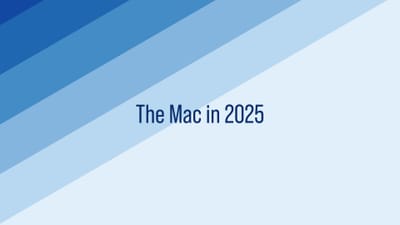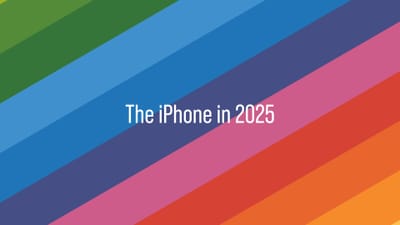If Not 30%, What? 4 Ideas on How to Improve App Store Pricing
So I’ve spent a while explaining why I think the 30% cut Apple takes on every sale made on the App Store is not the way it should work in 2020. To summarize:
- I looked at how taking your own payments is way cheaper than 30%
- I talked about the benefits of a direct customer relationship
- I asked why 30% is the hill some want to die on
- I explained why not every Apple service must turn a profit
So how about I stop my complaining and suggest a solution, right? Well, let’s do that now.
Also, assuming this doesn’t spur a ton of other conversations on topic I haven’t even considered, I hope this can be the cherry on top of this thread on BirchTree.
Idea 1: Just Lower the Rate
A few years ago Apple decided to ease developer tensions by dropping the rate they took from recurring subscriptions from 30% to 15% after the first year. they clearly have set a precedent that App Store pricing can change, so the simplest solution here would be to have Apple say something like:
A few years ago we started giving developers more money for each subscription after the first year. We’ve seen a boom in subscription services since then and we love being able to support the developers that make Apple’s platforms what they are today. We’re pleased to announce that as of today, we’re giving that higher rate to all apps on the App Store. This will help more developers achieve their dreams of building a business, and continues Apple’s tradition of creating jobs through our platforms.
Especially in the middle of a global pandemic, Apple saying “we’re doing fine, and we’re giving every developer selling products on our App Store a 21% pay raise,” who is going to argue with that?
Idea 2: Let Merchants Choose to Take Payment Outside the App Store
Even make it so that they can’t show the payment form in the app, make them go to the web like Netflix makes you do today, but make it acceptable across the board. This will allow merchants to decide whether they want to pay the 30% and get the benefits of the App Store’s payment processing, or if they want to pay way less and manage it a little more manually.
Merchants would need to see if it was worth it to save money on payments at the risk of losing conversion numbers on people who don’t want to pay on the web. If the App Store really is as much a draw to customers as well, then merchants will choose the 30% cut since it actually makes them more money. That’s how markets are supposed to work, right?
Idea 3: Tiered Pricing
30% of a $1 sale isn’t incredibly horrible. After all, payment processing often has a fixed + percentage fee, so you may pay something like 10-15% of that sale to run it on your own, so 30% isn’t that much more. But on a $100 sale it’s a whole different story.
Maybe there could be a system where merchants get:
- $0.99-4.99: 70%
- $5-9.99: 80%
- $10-$49.99: 85%
- $50+: 90%
These numbers are all back-of-napkin suggestions, so they could be tweaked to whatever makes the most sense, but this would help the devs who are getting the rawest deal (aka those selling premium software) get a fairer shake. Also, we all know that microtransactions in games make up a ton of App Store revenue, so with those being mostly in the lower dollar amount ranges, Apple’s not giving much of that revenue with this change.
Idea 4: The First 1,000 Sales are Free (or Reduced)
This is done video games (like the Unreal Engine) and coincidentally also in payments, but Apple could have a system where you pay your $99/year to publish your app, and then you don’t pay a penny more unless you sell over X units per year. Maybe that’s 1,000, maybe it’s 10,000, but there would be some cut off where you would go from paying either nothing or a very small portion of each sale to Apple, but once you hit the big time, that percentage would go up to the standard rate.
This would benefit smaller indies who really need every penny to stay float, but it would make no difference to the bigger players, so while it would make some people in our community happy, it would do nothing for the Netflixes, Spotifys, and Amazons of the world.
Takeaway
I’m a product person, not a business person, so take this all with a grain of salt. This series of posts has been an attempt to add some context to the debate about App Store pricing (especially around independent payment processing, which I am an expert in), and today I tried to come up with solutions that accomplished a few things:
- Got more money into merchants/developers’ hands
- Ensured the App Store stayed a billion dollar plus business for Apple
- Ease the tensions between merchants and Apple
If you have your own ideas for how Apple could ease the tensions between them and the merchants running businesses on their platform, then I’d love to hear them! Hit me up on Twitter or write your own blog post and shoot me the link!


